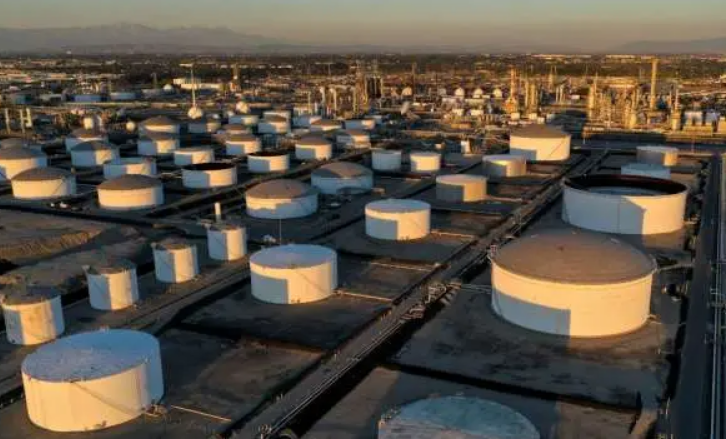San Francisco — California’s fuel imports soared to a four-year peak in May, with refiners tapping both traditional Asian suppliers and unexpected routes to address a critical oil shortage in the nation’s second-biggest fuel-consuming state, according to shipping data and industry traders.
The spike in imports signals a shift for the country’s largest gasoline and jet fuel market, as California braces for increased reliance on foreign supplies. This comes as Phillips 66 and Valero Corp. plan to shutter two major refineries next year, citing stricter regulations, rising costs, and declining gasoline demand.
Data from ship-tracking firm Kpler shows California’s total petroleum product imports hit 279,000 barrels per day in May—the highest since June 2021. About 70% of that, or 187,000 barrels, came from South Korea and other Asian markets, long-standing trade partners for California and other West Coast states, which are cut off geographically from the U.S. Gulf Coast’s refining hubs.
Recent outages at refineries owned by Chevron Corp., PBF Energy, and Valero Corp. have squeezed West Coast supply, pushing refiners to lean harder on imports. Austin Lin, an analyst at WoodMac, noted that San Francisco gasoline prices spiked dramatically, hitting more than $40 a barrel above Gulf Coast prices on some days—nearly double the year’s $21 average.
In a surprising twist, California imported a record 38,000 barrels per day from the Bahamas in May, up from a previous high of 29,000 barrels in March, per Kpler. The Bahamas, not a refining hub itself, serves as a transshipment point for fuel from Gulf Coast refineries. This workaround helps skirt the Jones Act, a century-old U.S. law that mandates domestic shipping between U.S. ports use American-built and -crewed vessels. With only 55 such tankers available as of early 2024, according to government data, these ships are costly and scarce.
The reliance on unconventional trade routes and foreign fuel underscores the challenges facing California’s energy market as it navigates supply constraints and a shifting regulatory landscape.

